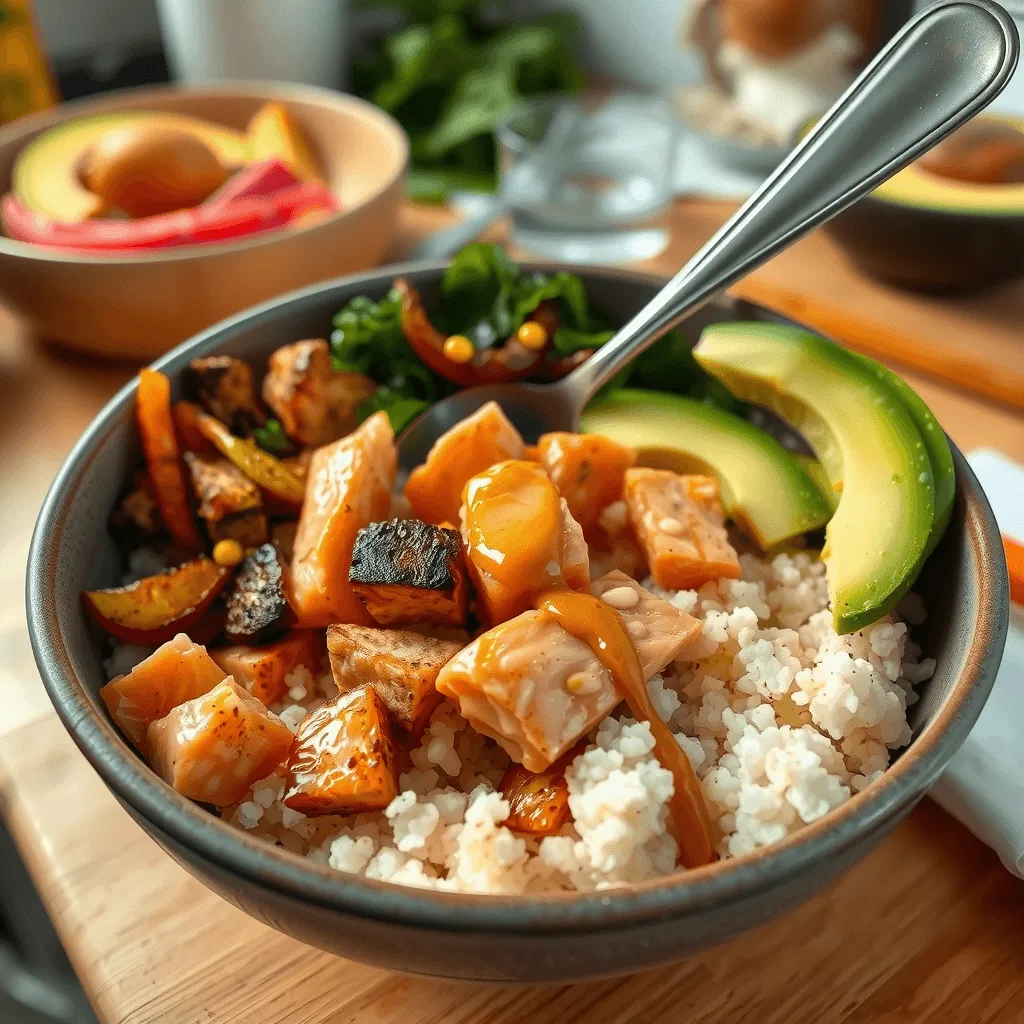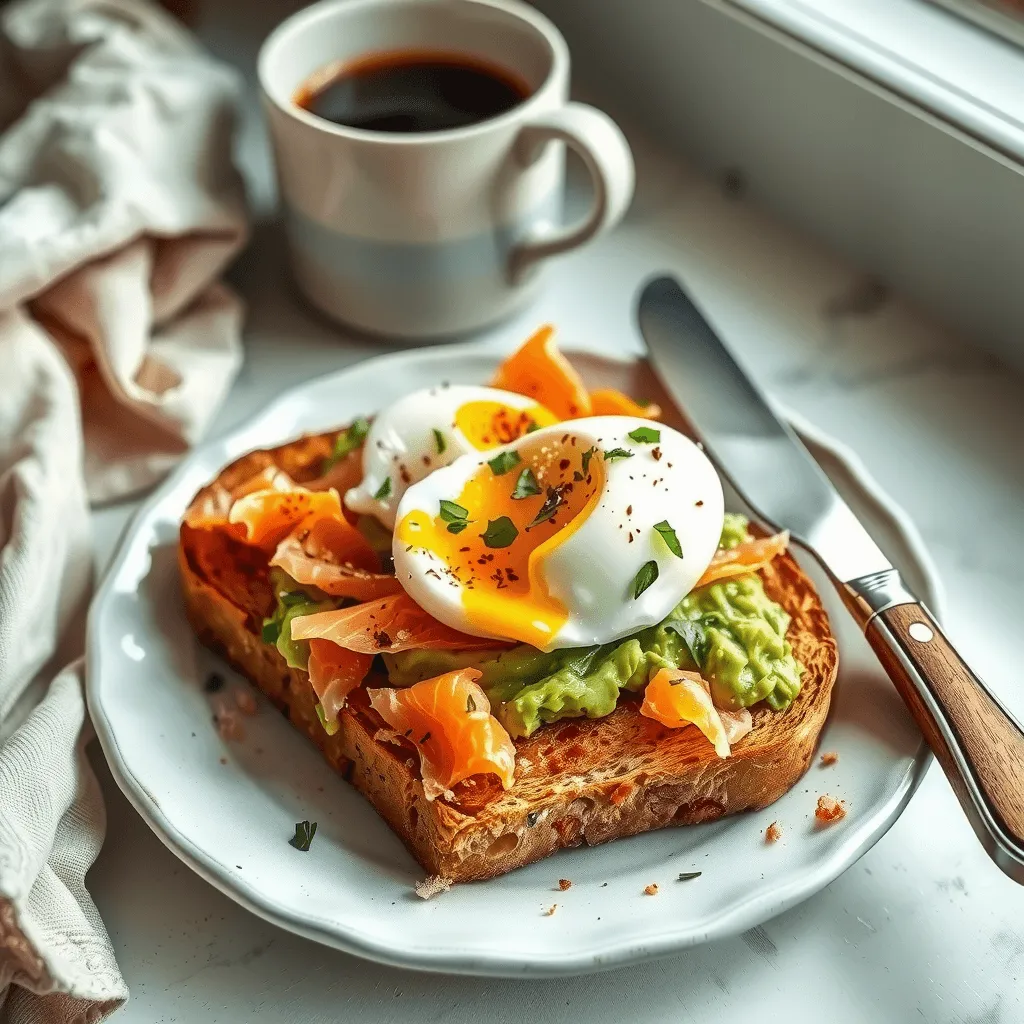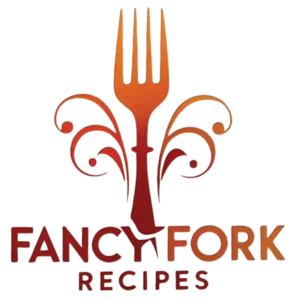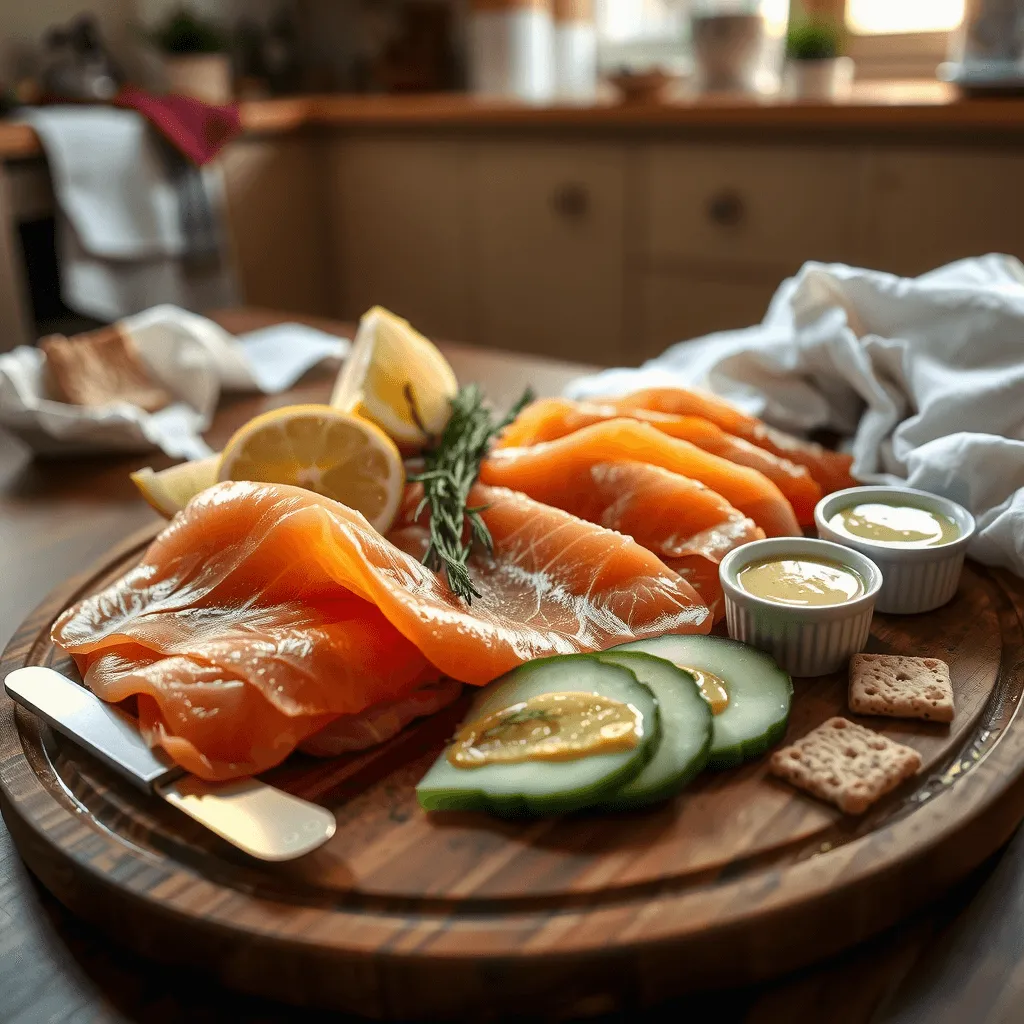More Than Just a Bite – A Journey Through Flavor and Tradition
When you unwrap a slice of smoked salmon, you’re not just eating fish, you’re tasting legacy, craftsmanship, and years of culinary tradition. Picture yourself at a cozy brunch, surrounded by loved ones. The smoky aroma drifts across the table, and you wonder: “Is this cold‑smoked salmon, or hot‑smoked?” That question matters. Knowing the difference elevates your meals, delights your guests, and feeds your curiosity. This guide walks you through each option, smoked salmon vs hot smoked salmon, so you can confidently choose the right type for your next dish, entertaining moment, or kitchen experiment.
Smoked Salmon vs Hot Smoked Salmon – What’s the Real Difference?
Defining Cold‑Smoked Salmon
Cold-smoked salmon, commonly referred to simply as ‘smoked salmon’, is prepared using a mild smoking method that takes place at temperatures under 30°C (86°F). You’ll notice:
- The texture is silky, almost sashimi‑like.
- It’s typically brined first, salt, sugar, sometimes herbs or spices.
- The fish isn’t cooked, only cured and infused with smoke.
- You often see it thinly sliced, translucent, and elegant on the plate.
This method preserves a delicate, refined flavor, perfect for light, fresh presentations.
What Is Hot Smoked Salmon?
Hot‑smoked salmon goes through a cooking process during the smoking:
- It’s exposed to higher temps, around 120–180 °F (50–80 °C).
- The end product is firm and flaky, just like cooked fish.
- The smoky taste is bold, richer, almost rustic.
- Because it’s cooked, you can use it directly from the package in warm recipes.
Hot–smoked salmon gives you a heartier bite and deeper flavor, excellent in more robust dishes.
Taste, Texture, and Appearance: Choosing What Suits You Best

Flavor Profiles
- Cold‑smoked salmon: mild brininess, subtler smoke, and a refined mouthfeel.
- Hot‑smoked salmon: richer, smokier, savory. It carries more depth in every bite.
Texture Comparison
- Cold‑smoked: silky, soft, easy to fold over or layer.
- Hot‑smoked: firm, flaky, flaky enough to flake with a fork.
Visual Guide
- Cold‑smoked: pale pink, see‑through thin slices.
- Hot‑smoked: more opaque, chunkier and thicker.
Health Benefits of Smoked and Hot Smoked Salmon
Nutritional Value Table
| Nutrient | Cold‑Smoked Salmon | Hot‑Smoked Salmon |
| Calories (3 oz) | ~115–120 kcal | ~160–170 kcal |
| Protein | ~15–18 g | ~20–22 g |
| Omega‑3 | High | High |
| Sodium | Higher | Moderate–High |
Both varieties are rich in omega‑3 fatty acids, which support heart health, brain function, and inflammation management. They’re also lean protein champions.
Watch sodium levels, especially in cold‑smoked salmon, which can be saltier due to curing.
How It’s Made: Smoking Techniques Explained
Cold Smoking Process
- Brine the salmon in salt, sugar, spices.
- Pat dry to form a tacky “pellicle” that grips smoke.
- Suspend in a cool smoking chamber, allowing light wood smoke to infuse the fish for 6 to 24 hours.
- The outcome is a delicately aromatic, raw-textured fish that’s ready to be thinly sliced.
Hot Smoking Process
- Brine or dry‑rub the fish.
- The smoking is done in a warmer setting, typically using humid smoke.
- The salmon cooks and smokes for several hours at ~60–80 °C.
- Final texture: firm, cooked, flakier, and smoky in flavor.
These are traditional methods rooted in preserving fish long before refrigeration existed.
Culinary Uses: How to Enjoy Each Type
Best Dishes for Cold‑Smoked Salmon
You’ll find cold‑smoked salmon starring in:
- Bagels with cream cheese, capers, red onion
- Sushi rolls or sushi‑style salads
- Delicate canapés and hors d’oeuvres
- Elegant charcuterie platters
It’s ideal where its silky texture and subtle flavor shine on their own.
Best Dishes for Hot‑Smoked Salmon
Hot‑smoked salmon adapts beautifully in:
- Pasta with cream‑y sauces and lemon zest
- Scrambled eggs or omelets with flaked salmon
- Grain bowls, mixed with greens and grains
- Warm salads or soups for a smoky protein boost
You can use it straight from the package in almost any cooked dish.
Hot Smoked Salmon Pasta (Simple Recipe)
| Ingredient | Quantity |
| Hot‑smoked salmon | 1 cup (flaked) |
| Pasta (penne/fettuccine) | 8 oz |
| Heavy cream | ½ cup |
| Garlic (minced) | 2 cloves |
| Lemon juice | 1 tbsp |
| Fresh dill | To garnish |
Instructions
- Cook pasta al dente; drain and set aside.
- In a pan, sauté garlic until fragrant, add cream and lemon juice.
- Stir in flaked hot‑smoked salmon.
- Add pasta, toss gently, garnish with dill.
- Serve warm with a light salad or crusty bread.
Delicious, quick, and full of flavor, that’s the power of hot‑smoked salmon in a simple comfort dish.
Price, Availability, and Storage Tips

Which Is More Affordable?
- Cold‑smoked salmon often costs more due to longer prep and delicate slicing.
- Hot‑smoked salmon is usually more budget‑friendly, ideal for larger portions or everyday meals.
Where to Buy
- Cold‑smoked: specialty delis, gourmet shops, upscale groceries.
- Hot‑smoked: fish counters, supermarkets, smoked‑fish sections, or make your own.
How to Store Each Type
- Cold‑smoked salmon: After opening, keep chilled and eat within approximately five days.
- Hot‑smoked salmon: Keeps longer, up to a week refrigerated, or freeze in airtight containers.
Vacuum sealing extends shelf life for both, handy if you stock up.
FAQs About Smoked Salmon vs Hot Smoked Salmon
Is hot‑smoked salmon fully cooked?
Yes, all salmon is cooked during smoking, so you can taste it straight from the package, no prep needed.
Can you substitute hot‑smoked salmon for cold‑smoked in a dish?
They’re not always interchangeable. Hot‑smoked offers stronger flavor and flakier texture, you might overpower delicate dishes like sushi rolls or bagels.
Which type of smoked salmon is better for your health: hot-smoked or cold-smoked?
Both are nutritious. Cold‑smoking often leads to higher sodium content. Hot‑smoked tends to be more filling and slightly higher in calories and protein. Choose based on your dietary needs and how you plan to serve it.
Can you make smoked salmon at home?
Yes! But with caveats:
- Cold‑smoking at home requires specialized equipment and careful temp control.
- You can easily hot smoke food using a smoker, grill, or stovetop smoker. Always follow food‑safety guidelines.
Conclusion: A Delicious Decision – Choose What Fits Your Flavor Journey
When you’re weighing smoked salmon vs hot smoked salmon, you’re balancing:
- Silky vs flaky texture
- Mild vs bold flavor
- Cold‑served elegance vs warm‑dish versatility
Cold-smoked salmon truly excels in elegant, uncooked dishes such as sushi, bagels, and light hors d’oeuvres. Hot‑smoked salmon brings hearty, smoky richness to warm recipes, perfect in pasta, eggs, salads, or grain bowls. Nutritionally, both are excellent sources of omega‑3s, vitamins, and lean protein. Watch sodium and serve fresh.
Ultimately, your choice comes down to how you plan to use it, and what flavor and texture you’re craving. Try both styles, experiment with recipes, and discover which one feels like yours.
💡 Are You Ready
Ready to try one or both varieties? Visit your local fish market or deli counter today and taste the difference for yourself. Share your favorite recipe or how you like to serve your smoked salmon in the comments, I’d love to hear what dishes you create! And if you’d like more recipe ideas, storage tips, or nutritional info, just ask.
LEAVE A COMMENT
There are no reviews yet. Be the first one to write one.

